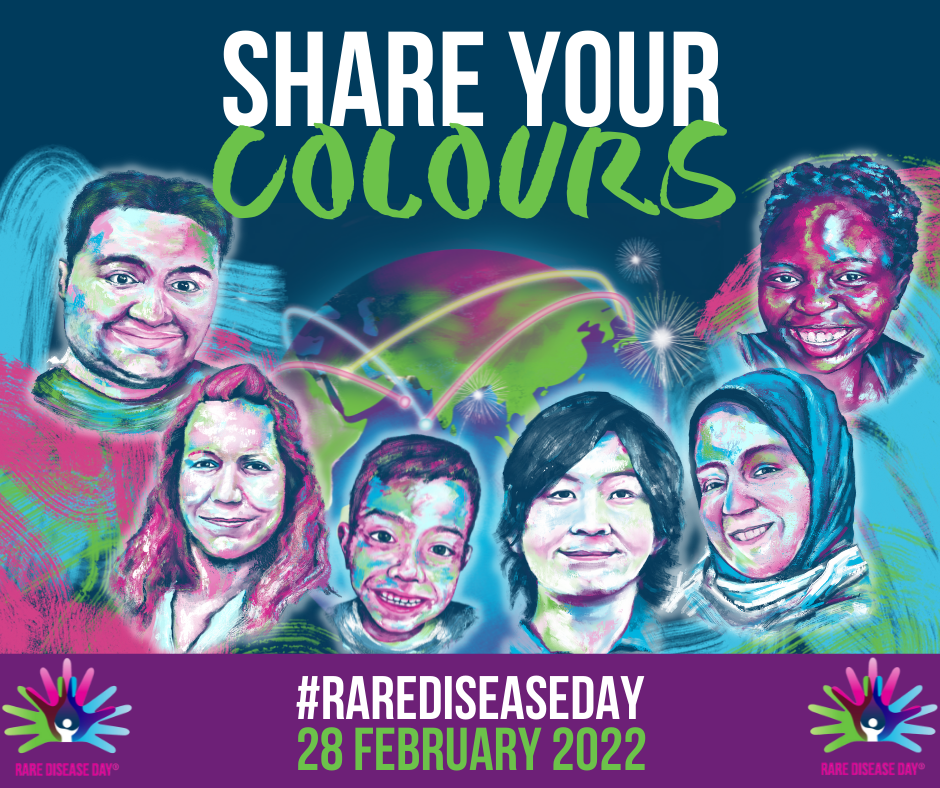Written By Vanessa Kariuki ||
The last day of February is recognized as Rare Disease Day to recognize and raise awareness of rare diseases among the general public.
Sharing your “colours” and “Light up for Rare” are this year’s Rare Diseases Day themes, a continuation of the 2022 theme.
Almost 300 million people worldwide are affected by rare diseases. 90% of rare diseases lack an FDA-approved treatment and have neither a foundation nor a research support group.
One in ten people suffer from rare diseases, and 50% of those affected by rare diseases are children.
These illnesses frequently cause severe, advancing illness and disability, which can result in early death. Moreover, many organ systems are typically affected by rare diseases, necessitating collaborative research structures.
Furthermore, due to the exceedingly rare nature of the condition, the treating medical staff frequently misdiagnoses the patients since their symptoms match with those of more prevalent (non-rare) illnesses.
This day was established in 2008 by the European Organization for Rare Diseases to increase awareness of those affected by uncommon or less-common diseases.
Making and ensuring that those who suffer from rare diseases have easy access to effective medical care is one of the key goals of Rare Diseases Day.
In order to meet the needs of persons with rare diseases, it is commemorated with the intention of involving and encouraging both researchers and legislators.
Since the first Rare Disease Day in Kenya in February 2014, the awareness campaign has gained momentum and has drawn in a variety of participants, including members of the general public, medical and scientific professionals, and even decision-makers.
Patients, family members, and friends can communicate and discuss various issues and experiences during the day.













